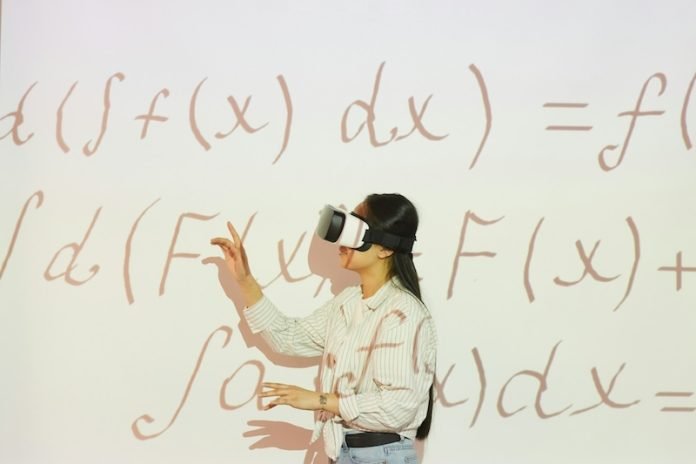
In a new study from the Chatterjee group at the Institute of Science and Technology Austria (ISTA), researchers have unveiled a new mathematical model that sheds light on the complexities of cooperation among individuals with diverse characteristics.
Published in the prestigious journal PNAS, this model moves beyond traditional assumptions of homogeneity in game theory, offering fresh insights into the public goods game—a framework used to explore social dilemmas where individuals decide on the extent of their contributions to a collective benefit.
Imagine a scenario where a group of neighbors faces the task of clearing a snow-covered driveway. This situation poses a classic social dilemma: if everyone contributes by shoveling, the driveway is cleared quickly.
However, if only a few shoulder the burden, the task becomes much harder, and if no one acts, the snow remains. This dilemma encapsulates the essence of the public goods game, where the challenge lies in fostering cooperation for mutual benefit.
The study’s new model specifically addresses the variation in individuals’ resources and skills, acknowledging that people differ in what they can and are willing to contribute to a collective effort.
The researchers’ analysis introduces a nuanced understanding of how these differences impact the ability of a group to work together effectively.
One of the study’s key findings is the dual role of inequality in cooperative efforts. The model suggests that a more equitable distribution of resources can foster sustained cooperation among diverse individuals.
However, it also reveals a counterintuitive aspect: maximizing overall welfare doesn’t necessarily come from perfect equality.
Instead, allocating resources to more skilled individuals—thus creating a slight imbalance—can enhance the efficiency of the collective effort.
The dilemma between prioritizing efficiency or stability in cooperation is a central theme of the study.
Through simulations, the researchers illustrate how individuals might navigate this trade-off, balancing the benefits of an equitable distribution against the advantages of leveraging specific skills within the group.
This mathematical exploration of cooperation has broad implications, extending beyond the theoretical realm to practical applications in economics, behavioral studies, and policy-making.
The model’s generality means it could be applied to a wide range of social dilemmas, from environmental protection and climate change to economic systems, where understanding the nuances of cooperative behavior is crucial.
As the researchers anticipate, their work is likely to inspire behavioral experiments that test these principles in real-world settings.
This could lead to a better understanding of how to encourage cooperative behavior in diverse groups, informing strategies to address some of society’s most pressing challenges.
The study not only advances our theoretical knowledge of social dynamics but also opens the door to practical applications that could enhance cooperative efforts in various domains, potentially guiding the development of more effective economic systems and public policies.
The research findings can be found in PNAS.
Copyright © 2024 Knowridge Science Report. All rights reserved.



